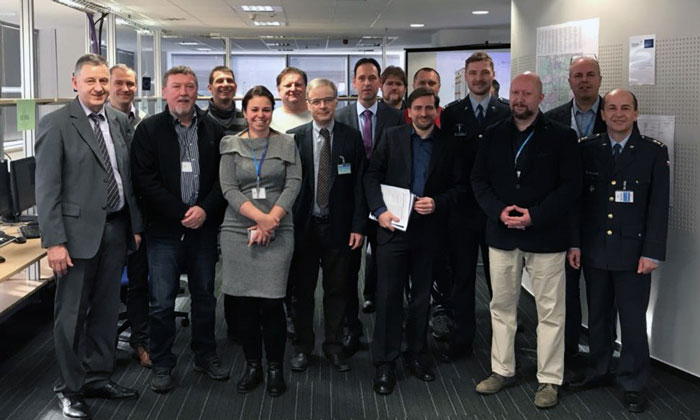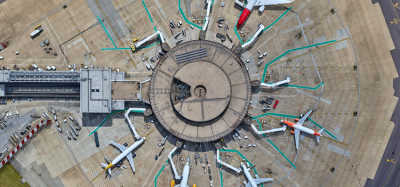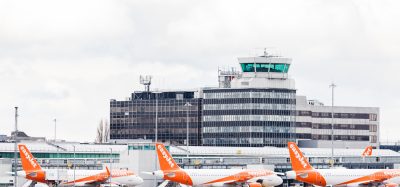SESAR takes steps towards improved civil-military coordination
- Like
- Digg
- Del
- Tumblr
- VKontakte
- Buffer
- Love This
- Odnoklassniki
- Meneame
- Blogger
- Amazon
- Yahoo Mail
- Gmail
- AOL
- Newsvine
- HackerNews
- Evernote
- MySpace
- Mail.ru
- Viadeo
- Line
- Comments
- Yummly
- SMS
- Viber
- Telegram
- Subscribe
- Skype
- Facebook Messenger
- Kakao
- LiveJournal
- Yammer
- Edgar
- Fintel
- Mix
- Instapaper
- Copy Link
Posted: 2 July 2018 | International Airport Review | No comments yet
Through SESAR, civil and military aviation stakeholders are working together on solutions to enable military air traffic operations in Europe’s increasing complex and congested airspace.


A STEP FORWARD: The participants from ANS CR, MTI, AIRBUS and EUROCONTROL
Tests earlier this year at EUROCONTROL’s Experimental Centre in Brétigny simulating operations of military aircraft in the controlled airspace of Prague showed how a central management of military flight plans and real-time exchange trajectory information can improve the predictability of military operations and airspace use; and increase capacity of the overall network.
Europe’s armed forces operate more than 150,000 flights per year. To accommodate these flights, the airspace is often closed, sometimes at short notice, to civil traffic.
Given the growth of air traffic, SESAR is looking at technical systems and solutions that allow more flexible civil-military cooperation to maximise the use of airspace. Key to this cooperation is the ability of military planners to access flight plan and trajectory data provided by civil air traffic management systems, as well as the ability to feed these same systems with their own defined set of information.
EUROCONTROL together with SESAR members, the air navigation service provider from the Czech Republic (ANS CR as part of the B4 Consortium) and AIRBUS tested a number of solutions/concepts.
Specifically the members validated the creation and submission of military flight plans (iOAT FPL), the central management of these plans by the Network Manager, and their distribution to local air traffic control centres where these military flights are taking place.
The validation results are a major step towards enhanced civil – military coordination and are expected to contribute to a more complete view of the pan-European air traffic situation, civil as well as military, at ATM network level.
The exercise aims to promote a better integration of processes from the military wing operations centre (WOC), local ATC and the Network, based on a shared military flight plan and trajectory information.
This validation exercise is part of Project PJ07 – Optimised Airspace Users Operations and is a joint activity of both solutions PJ07.03 and PJ18.01a from SESAR 2020.
The SESAR 2020 PJ07 project has received funding from the SESAR Joint Undertaking under the European Union’s Horizon 2020 research and innovation programme under grant agreement No 733020.


















